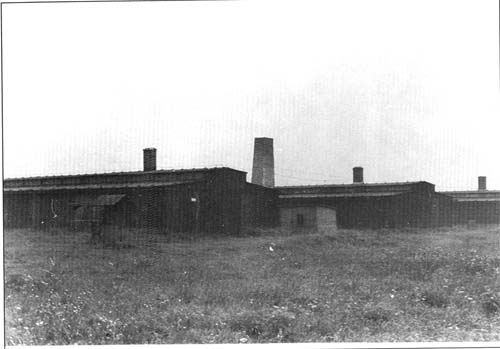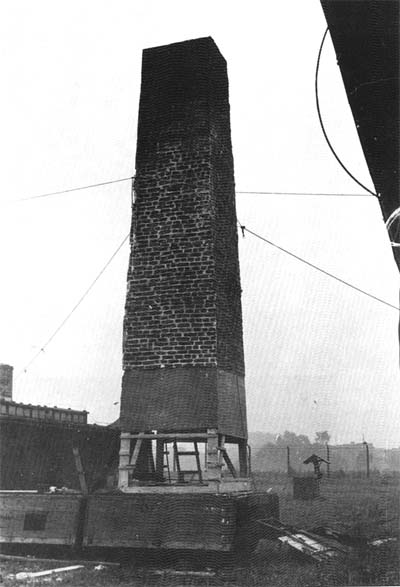45 and 46 my visit to paid Berlin. It may appear foolish, but I am proud of this.
All these trips were made at my own expense. I owed nothing to Faurisson, not being a robot for his exclusive use. I had undertaken the work in order to complete documentation I required for my novel and there was no question of my giving this up in this up in favor of a “crazy hypothesis” that was turning out to look increasingly unlikely and indefensible as I delved further into the drawings and files. His battle was not mine. I first continued my own research concerning the founder and former commandant of the Auschwitz Birkenau concentration camp, SS Lieutenant Colonel Rudolf Hoess. The manuscript of his “Autobiography” was long declared to be “mythical” by the French extreme right. Faurisson claimed it had emerged directly from the headquarters of falsifying Soviet Polish Stalinist communists. When I asked Iwaszko for this manuscript, he brought it to me [Photo 20] without any hesitation and I was able to consult it at my leisure. The thing that struck me the most was that Hoess had written several hundred pages without any crossings out. At first I thought that this could not be his first version, but the resultant of previous draughts. I was no doubt wrong, for many people, very self-controlled, write in this fashion [which is far from being my own!]. I discovered, but I was not the first to do so, that only the autobiographical part [about half the pages] had been published at that time, and that virtually all the notes Hoess had written about the officials with whom he had been in contact and about various institutions of the Third Reich that he knew, remained unknown. I would add that Hoess' manuscript was written in pencil [a normal constraint in the case of prisoners, but of capital importance in the eyes of the revisionists because it the facilitated falsification by the Polish Stalinist employees of the Auschwitz Museum]. I was also able also able to see that the French translation by Constantin de Grunwald, published by René Juillard in 1959, was of mediocre quality. The only valid and usable French version is that by Jerzy Brablec in “Auschwitz vu par les SS” Auschwitz State Museum. 1974. Unfortunately, this edition presents only that part of the memoirs concerned with Auschwitz. What is more, the preface of this book written by Jerzy Rawicz is somewhat excessive. It is difficult to follow him in his presentation of a Hoess [commandant of the camp] who slipped [and the guards?] at night [like a robber] into the basement [what comfort] of Block 11 [known as the “Death Block"] to join a prisoner, Eleonora Hodys, and succeeded in making her pregnant [whereas Dr Guilbert, American psychoanalyst at Nuremberg maintained that Hoess was not much inclined to philandering]. Rawicz also claims that Judge Jan Sehn, who led the interrogation of Hoess for his trial [Photos 21 to 25], who won his confidence and succeeded in making him talk completely frankly, despite the few illusions that Hoess could have had about the fate awaiting him, was mistaken in his assessment of the truth of what his “client” had to say. Who knew Hoess better, Jerzy Rawicz or Jan Sehn [Photo 26], who had countless interviews with Hoess? |
|
| |
 |
|
| |
Photo 18:
(Photo by the author) |
|
| |
| Dummy crematorium chimney rising above a row of Huts in B.Ia |
|
| |
 |
|
| |
Photo 19:
(Photo by the author) |
|
| |
The dummy Krematorium chimney for the film “MUR”. |
|
|

